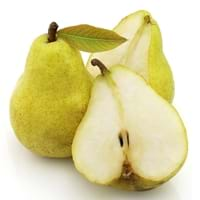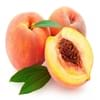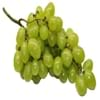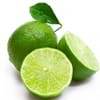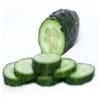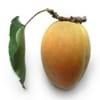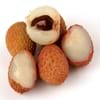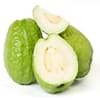Health Benefits
Cancer prevention, Heart care, Improves eye vision, Reduces stress, Regulation of heart rate
Arthritis prevention, Cancer prevention, Gout treatment, Heart care
General Benefits
Anti oxidant properties, Eye care
Anti-inflammatory properties, Boosts immune system, Controls blood pressure, Controls blood sugar levels, Cures fever, Digestive aid, Sore throat treatment
Skin Benefits
Heals sunburn, Reduces wrinkles, Treatment of skin diseases
Reduces wrinkles, Treatment of acne
Hair Benefits
Prevents hair loss
Promotes longer and healthier hair, Shiny hair
Allergy Symptoms
Abdominal pains, Anaphylaxis, Breathing difficulty, Diarrhea, Dizziness, Hives, Itching, Lightheadedness, Nasal congestion, Nausea, Swelling of mouth, tongue or lips, Tingling sensation in mouth, Vomiting, Wheezing
Anaphylaxis, Digestive Problems, Itching, Skin Rashes, Swelling
Side Effects
Allergic reaction
Allergic reaction
Best Time to Eat
As a snack in the late afternoon, Eat the fresh ones, avoid mixing with any other foods, don't eat after meal., Morning time (before lunch)
As a snack in the late afternoon, Don't consume at night and before bed, Eat the fresh ones, avoid mixing with any other foods, don't eat after meal., Morning time (before lunch)
Vitamin B5 (Pantothenic Acid)
Vitamin C (Ascorbic Acid)
Vitamin K (Phyllochinone)
Calories in Fresh Fruit with Peel
Calories in Fresh Fruit without Peel
Not Available
Not Available
Calories in Frozen Form
Not Available
Calories in Dried Form
Not Available
Calories in Canned Form
Not Available
Type
Tree fruit
Tree fruit
Season
Autumn, Summer
Autumn, Summer, Winter
Varieties
Reliance, Sweet Scarlet, Spring Snow, Sugar May, Santa Rosa, Red Beauty, Glowhaven, Cresthaven and Redhaven Peaches
Green Anjou, Red Anjou, Bartlett, Red Bartlett, Bosc, Comice, Concorde, Forelle, Seckel and Starkrimson
Color
Pink, Red, White, Yellow, Yellowish-orange
Yellow
Inside Color
Yellow
White
Taste
Sweet
Crunchy, Sweet
Origin
China
China, Japan
Soil Type
Sandy loam, Well-drained
Clayey, Loamy, Sandy
Climatic Conditions
Cold, Warm
Cold, Hot, Without frosts
Facts about
- In china, peaches are considered as a symbol of good luck.
- From 1982, august is National peach month in USA.
- In roman times, Peaches were also called as Persian apples, as people assumed that they originated from Persia.
- The first pear tree was planted in North America in 1620.
- The Chinese considered the pear fruit to be a symbol of immortality.
- This fruit was used as a natural remedy against nausea in ancient Greece.
Other Countries
Greece, Italy, Spain, United States of America
Argentina, Belgium, India, Italy, Japan, South Africa, Spain, Turkey, United States of America
Top Importer
Germany
Europe
Botanical Name
Prunus persica
Pyrus communis
Synonym
Not Available
Not Available
Subkingdom
Tracheobionta
Tracheobionta
Division
Magnoliophyta
Magnoliophyta
Class
Magnoliopsida
Magnoliopsida
Species
P. persica
P. communis
Difference Between Peach and Pear
We might think that Peach and Pear are similar with respect to nutritional value and health benefits. But the nutrient content of both fruits is different. Peach and Pear Facts such as their taste, shape, color, and size are also distinct. The difference between Peach and Pear is explained here.
The amount of calories in 100 gm of fresh Peach and Pear with peel is 39.00 kcal and 57.00 kcal and the amount of calories without peel is Not Available and Not Available respectively. Thus, Peach and Pear belong to Low Calorie Fruits and Low Calorie Fruits category.These fruits might or might not differ with respect to their scientific classification. The order of Peach and Pear is Rosales and Rosales respectively. Peach belongs to Rosaceae family and Pear belongs to Rosaceae family. Peach belongs to Prunus genus of P. persica species and Pear belongs to Pyrus genus of P. communis species. Beings plants, both fruits belong to Plantae Kingdom.

